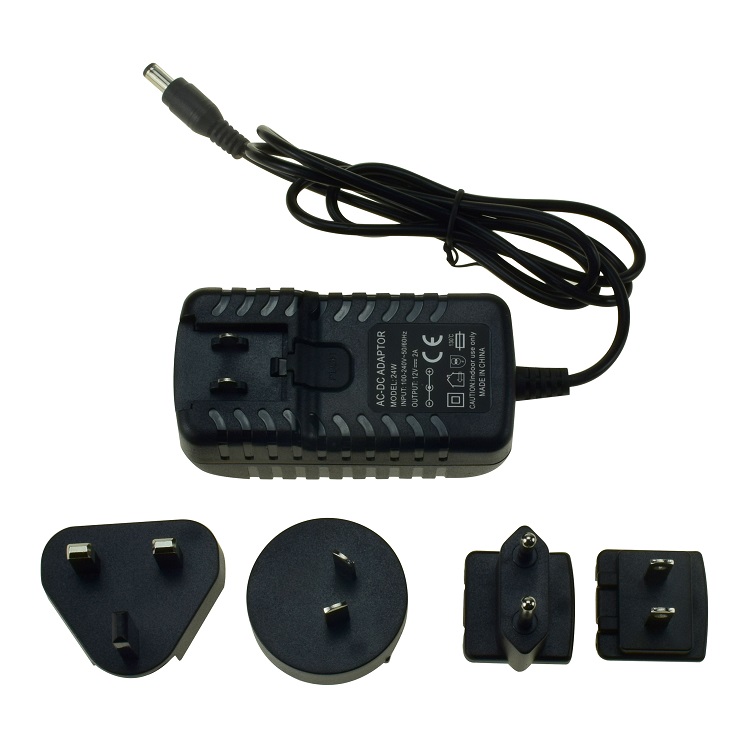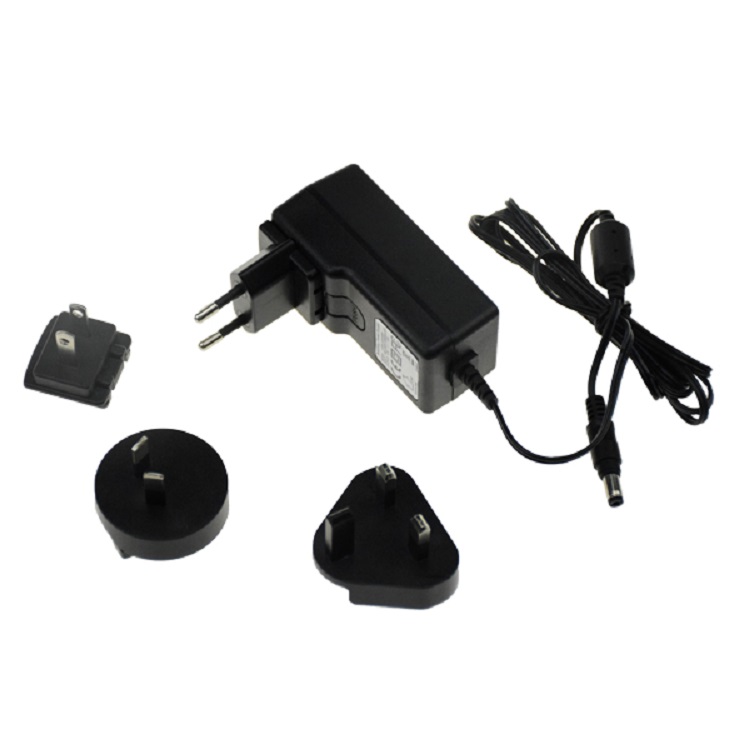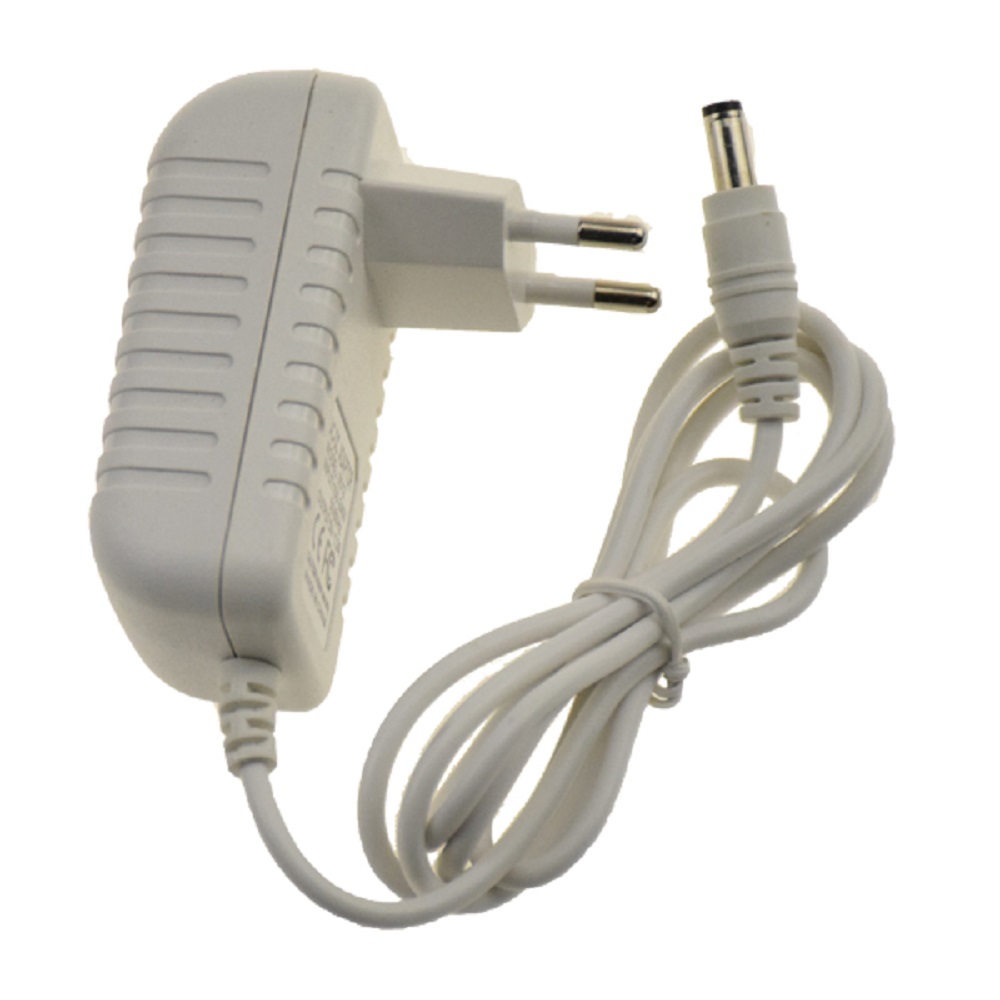With the increase in the number of machines connected to the Internet (Machine), it even exceeds the number of Internet users. As a result, machine-to-machine ("M2M") communication will hopefully surpass human-to-human communication for the first time in mid-2013. The camp of communications equipment is also expanding, including mobile resource management systems, meters, robots, vending machines, security systems, asset tracking systems, vehicles, emergency call systems, etc.
Nowadays, various mass-produced low-cost computing devices are emerging one after another, running faster and faster, data collection capabilities are increasingly enhanced, and wireless access to the Internet has become more convenient, and the cost of networking is getting lower. Therefore, it is no surprise that the proportion of "dialogue" between machines will soon exceed the dialogue between people. However, at the same time, IP address resources will also be exhausted, and more than four billion IPv4 (Internet Communication Protocol Version 4) addresses have now been allocated. Does this mean that the machine has missed a good time? the answer is negative. In the future, the Internet will adopt IPv6 (Internet Communication Protocol version 6) that supports 2 to the 128th power address, making global IP address allocation more than enough. Therefore, it is also expected that the fourth generation mobile network (4G) LTE can provide data, voice, video and other services based on IPv6.
The motivation for this network change is simple, that is, all devices and applications that can access the Internet and benefit from it will eventually be connected to each other. This is why all kinds of "machines" such as mobile phones, laptops, tablets, cars, and game devices all have networking capabilities. Although these are the most obvious applications of mobile internet, humans are not the only users of the Internet, including the rapidly growing intangible applications: millions of machines are used every day to perform data in a 24/7 time without manual operation. The exchange is a silent dialogue.
Just embedded low-cost small (wireless) debug demodulator, any device can access the network. Applications with the ability to report position, speed, or navigation information also require a global positioning system (GPS) or global satellite navigation system (GNSS) receiver. Both of these components, plus an antenna, can be easily configured on devices smaller than mobile phones.
Now, in all areas of the electronics industry, we can always see such a situation.
However, depending on the application, some special conditions are required to equip the device with M2M communication capabilities. Whether considering the initial design, product life (the time the device can run before making the necessary replacement) or geographic coverage (the initial design can only be used in one area, but now it needs to be used in other areas) or it must be upgraded with the wireless network (2G to 3G to 4G) compatibility, you need to consider these conditions.
The following will introduce some important technical characteristics that need to be considered when designing M2M applications, and how they will affect the design of specific types of equipment.
1) Power consumption

For portable tracking devices, safety or personal safety devices, the charging interval is one of the most important features. For example, if the tracker installed on the container needs to be charged once a day, this interval is too frequent, because air or land transportation generally takes several days, and sea transportation takes several weeks.
For consumer devices such as personal tracking or health monitoring, and mobile phones with predetermined standards, the battery duration should be at least 3 days. When comparing the specifications of modems and GNSS receivers for such applications, not only the running / standby power consumption needs to be considered, but also the power saving mode (such as the automatic start function) and the intelligent power saving mode (such as the need to start the main processor) Automatic data recording function). Ideally, these components can be in the lowest power consumption mode most of the time and only start when necessary.
2) Supportability of cellular network

Where can the equipment operate? With the increasing mobility of people and goods around the world, the ability of modems to operate in different regions has become an important consideration (GSM is supported by 2 main frequency bands in the world; UMTS is supported by 6 frequency bands; LTE supports more frequency bands than 30). For this type of application, it is important to be able to clarify the operational area of ​​the equipment and anticipate expanding the operational area in the future. After clarifying this requirement, the wireless modem that best matches the task can be selected.
For example, a resource management system that needs to monitor freight traffic in all regions of the world should be equipped with a four-band GSM modem or a six-band UMTS modem. For devices that do not move frequently (such as residential electricity meters), only a single frequency band is sufficient. Other applications may need to consider some additional factors. For example, a vending machine whose location is often not remembered can support "telephone dialing" at any time, but it must be equipped with a modem that can operate or be located in the region.
3) Operator certification
 All wireless devices that use GSM, UMTS or LTE communication must be certified by the operator before they can access their network. The modem embedded in the device should also be certified by the operator to simplify the certification process. You can first confirm the modem certification list in the operating area of ​​the tracking device, and then select the corresponding modem. Most modem manufacturers will provide operator certification lists on their websites.
All wireless devices that use GSM, UMTS or LTE communication must be certified by the operator before they can access their network. The modem embedded in the device should also be certified by the operator to simplify the certification process. You can first confirm the modem certification list in the operating area of ​​the tracking device, and then select the corresponding modem. Most modem manufacturers will provide operator certification lists on their websites.
4) Upgradability of wireless debug demodulator
 Although remote meter applications with only a small amount of data communication usually require GSM / GPRS, the allocation of GSM frequency bands to 3G and 4G services has been considered. As far as the automatic meter reading system is concerned, it is very expensive to install it on thousands of remote meters. Therefore, it is a wise design to focus on future technologies. This means that regardless of whether a UMTS / HSPA modem or LTE modem is used, or at least ensure that the hardware design is not outdated, modem upgrades should be as cost-effective as possible, which in turn leads to the next feature.
Although remote meter applications with only a small amount of data communication usually require GSM / GPRS, the allocation of GSM frequency bands to 3G and 4G services has been considered. As far as the automatic meter reading system is concerned, it is very expensive to install it on thousands of remote meters. Therefore, it is a wise design to focus on future technologies. This means that regardless of whether a UMTS / HSPA modem or LTE modem is used, or at least ensure that the hardware design is not outdated, modem upgrades should be as cost-effective as possible, which in turn leads to the next feature.
Other than thoes normal Wall Charger, Yidashun can produce Other Wall Charger which is not normal. Other wall charger is not standard wall Adapter , It is with special output voltage, output current, and dc connector size is not normal one. However, as we are direct factory of design, manufacture and sales of Power Adapter, we can customized the products according to customers' requests. We can offer other more high voltage wall adapter, such as 29.4V 36V 42V......with different dc connector size. All our adapters with advanced secure technique,with full protection of over voltage,over current,short circult,over temperature. Yidashun Wall Mount Adapter all make in new compact material which can assure you long lifetime use for the power adapter.
What's more, we can also design the wall adapter PCB according to your demands, any OEM&ODM orders are welcome! so if you want to find any wall charger, pls do not hesitate to contact Yidashun, with Yidashun, you will find the correct wall charger you need.



Other Wall Charger
Other Wall Charger,Travel Wall Charger,Phone Wall Charger,Home Wall Charger
Shenzhen Yidashun Technology Co., Ltd. , https://www.ydsadapter.com
